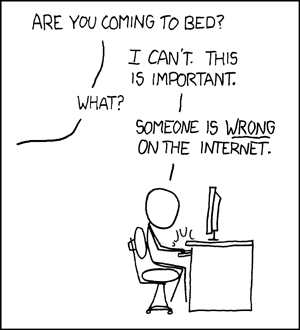First sentence of the protocol book. It's a guide, not a cookbook. I know your a student, but the sooner you start looking at it as a guide and not as a cookbook, the better. To be honest, if your best reasoning for an intervention is "because of protocol," then you should feel just a tad dirty afterward. Judgment? Sure, even if it's a little off. Doing something because of a protocol? This should evoke an icky feeling.
Now, to be clear, I'm not advocating a complete disregard for the protocol book. In the vast majority of patients, the treatment plan you develop for your patient should essentially mirror what the protocol book says. This is because the protocol book is the ideal treatment for the ideal patient. Most patients are ideal and there are plenty of patients that don't read the textbook. It's a psychological difference between you administering a treatment because you know it's the right treatment on it's own and administering the treatment because of a few characters in a printout, even if the treatments are the exact same.


